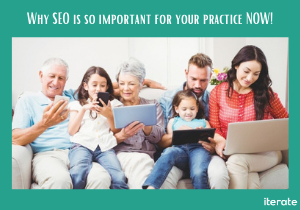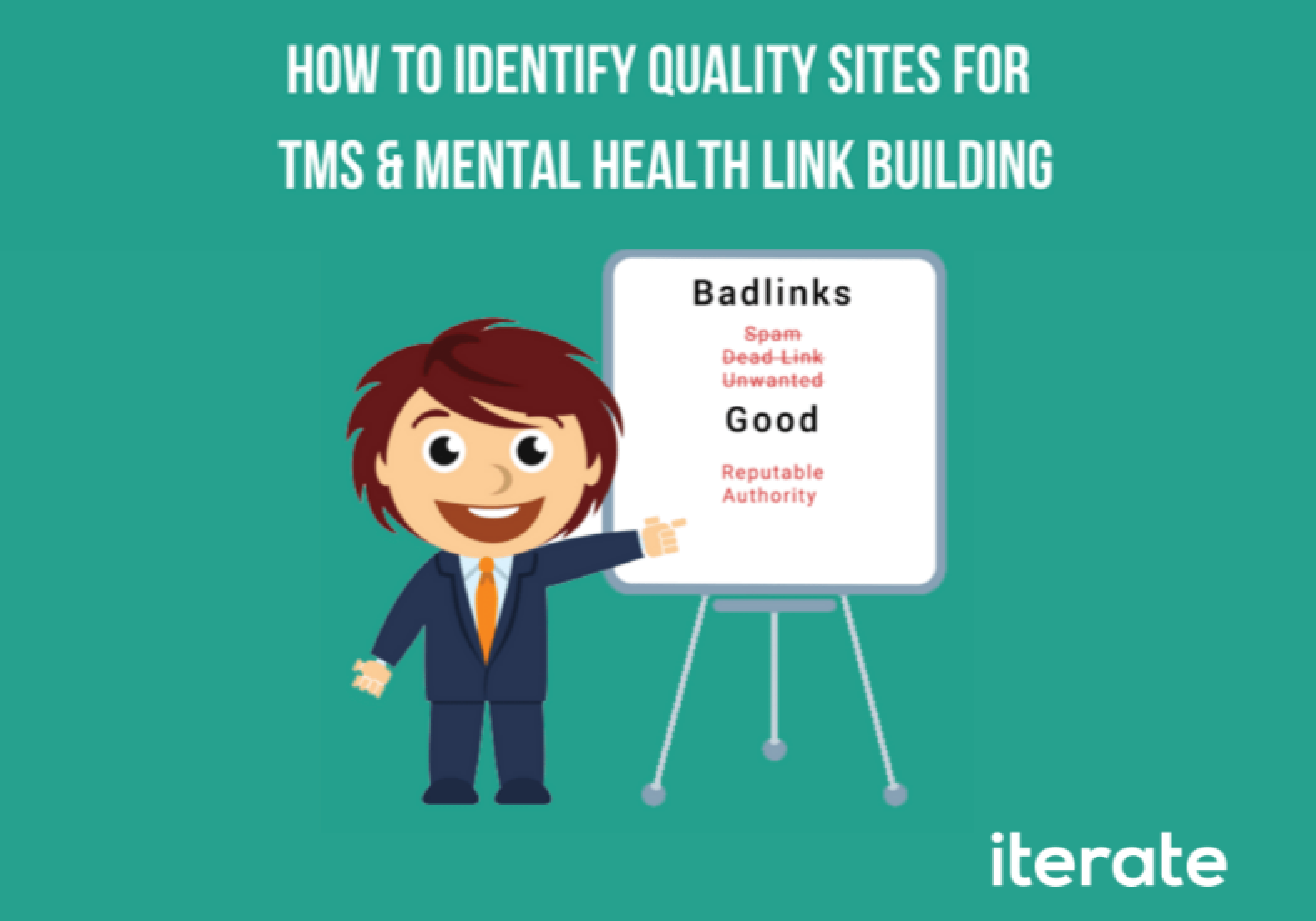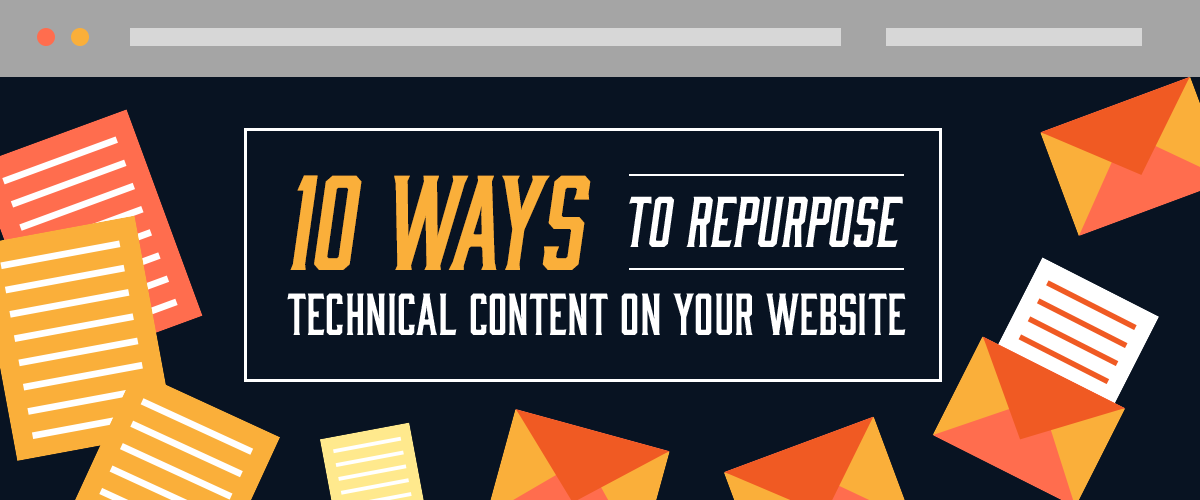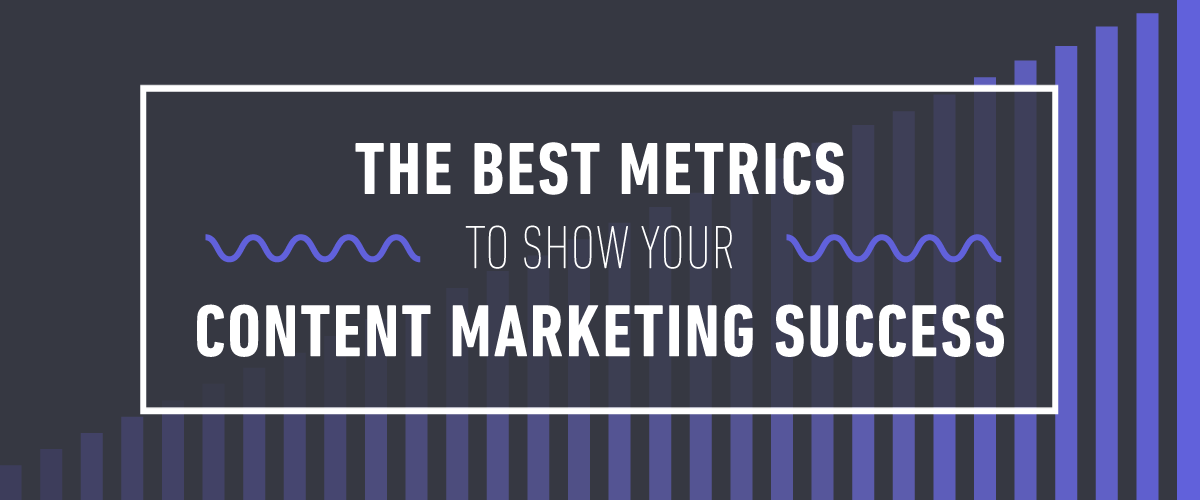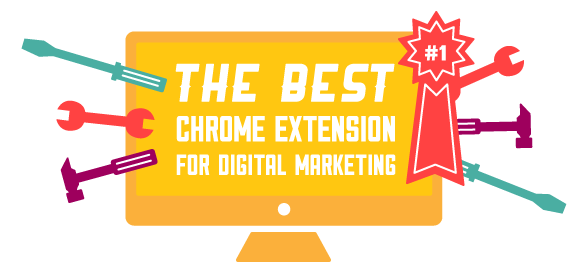Too often, we Inbound Marketing Strategists focus our attention on the ‘downstream’ aspects of search traffic. Our clients want to rank #1 for certain terms, gain more engaged traffic, and drive conversions in the form of sales or leads generated. We optimize pages, write new content, and build promotional campaigns, but too rarely do we actively think of the ‘upstream’ considerations – “What does Google want to show for this term?”
As Google continues to refine its search algorithms, it isn’t thinking about sales or leads. The #1 priority for Google is user satisfaction, and their prime metric for measuring satisfaction is something called the “Long Click.”
What is the Long Click?
The “Long Click” as a concept has been around for a long time. In 2011, Stephen Levy Wrote in “In the Plex: How Google Thinks, Works, and Shapes our Lives:”
“On the most basic level, Google could see how satisfied users were. To paraphrase Tolstoy, happy users were all the same. The best sign of their happiness was the “Long Click” — This occurred when someone went to a search result, ideally the top one, and did not return. That meant Google has successfully fulfilled the query.”
In a recent patent Google outlined several methods for determining ‘result quality.’ Among many other factors are something we could call ‘search success‘ or, in patent speak: “quality of result data for a query and a plurality of versions of a document.”
In simpler terms, search success is the “Long Click” or “Dwell Time,” how long a user stays on a top result page for a given query without going back to look at other results or modifying their search terms.
For a concrete example, let’s look at the search term “Napoleon.” Currently the top search results are pages about Emperor Napoleon Bonaparte, and that makes perfect sense. We (and Google) can assume that the majority of people searching for this term are looking for the French Emperor (of thoroughly average height) and are likely visiting the Wikipedia page with a high rate of ‘success.’ But we also see a few results for Napoleon Grills, lurking around result 4.
Let’s imagine that something were to change drastically this afternoon. Perhaps the world becomes overrun with Napoleonic War deniers, or Napoleon Grills becomes an overnight viral sensation. Google would suddenly see an uptick of users searching for “Napoleon,” clicking Mssr. Bonaparte’s page, saying “Whoa, sick epaulets, but not what I’m looking for…” then heading back to the results page – a Pogostick search.
Meanwhile, a much higher rate of users would be clicking the result for Napoleon Grills, liking what they see, and not heading back to the search page – a Long Click. In time, Google would note the change in search success and move Napoleon Grills to the top of the results.
Why Does Google Care?
This is a simple answer: When it comes to organic results, the A-Number-1 concern for Google is user satisfaction. They don’t care that your website has a neat-o layout, that your customer service is the best in the biz, or that you have the lowest rate of returned products. If a user has clicked your site as a top result for a given phrase, not found what they wanted and had to search again, Google has failed.
What Can I Do To Get Long Clicks?
As you can see, these Long Clicks are the most direct signal of the quality and relevance of your content for a given phrase. How do you go about getting more of them?
Get More Long Clicks for Terms You Rank For Already
For now, forget your list of aspirational keywords. Use the Search Analytics section of Google Webmaster Tools– Google Search Console, and look at the Search Queries that are driving traffic to your site and the pages they arrive on.
Take your bounce rate seriously now: Are a ton of these organic arrivals hitting the back button?
Ask yourself the following question and answer honestly – Does this page clearly demonstrate value to a user who is searching for X term in the first few seconds after they arrive?
Can you adjust the quality of content, images or layout to make things more appealing for a first-time visitor?
By attracting and holding the attention of new users, you can bring your own goals in line with search engines’ success metrics, and it is truly a win-win.
Questions or comments? Leave them below!
Looking for help making a more engaging, successful site? Contact us for a free analysis of your site.

